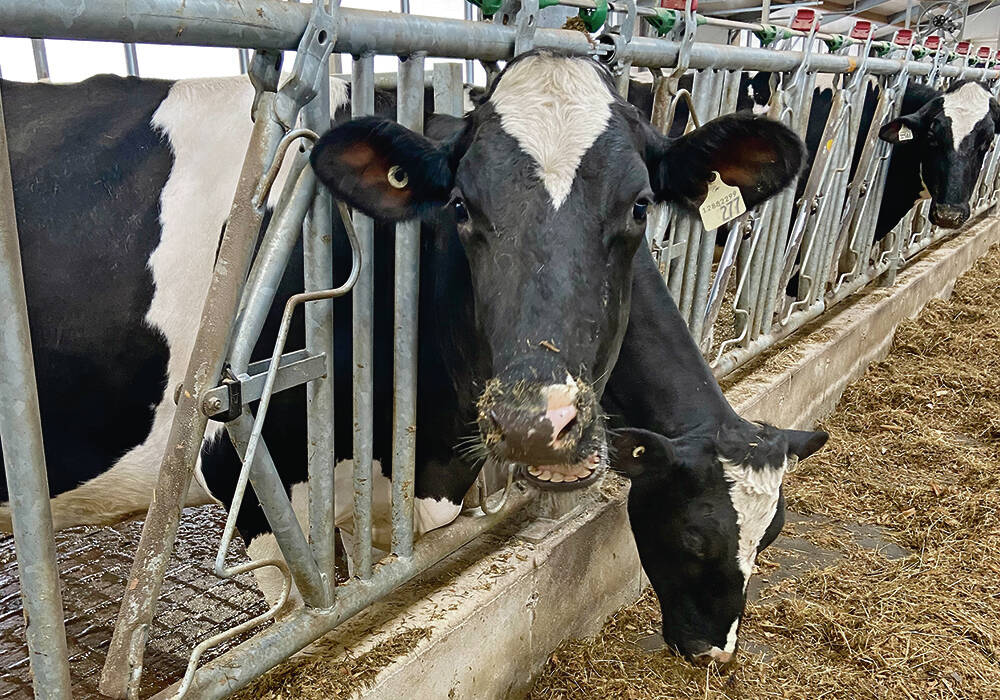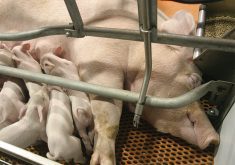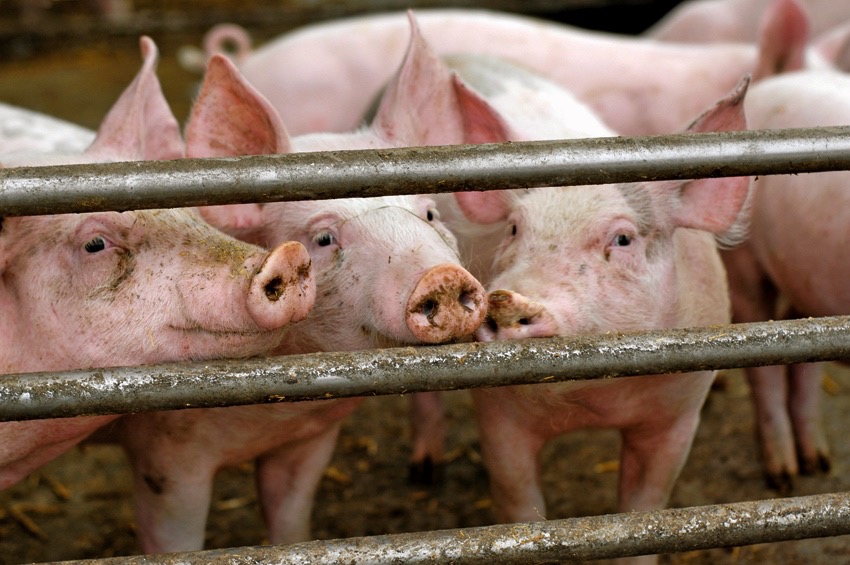Murray Markert sums up the mood of Alberta pork producers these days in a single word.
“Relief,” said the Vulcan farmer when asked about recent record-high pork prices.
“The money we’re getting right now will help fill in the hole that most of us dug to stay in the game.”
For most, that likely means paying off bills and paying down loans, said Markert, a director on the Western Hog Exchange who runs a 750-sow farrow-to-finish operation in addition to his grain farm.
Read Also

Alberta Milk opens annual hospital fundraiser
Alberta Milk embarks on holiday season campaign to raise money for Alberta Children’s Hospital Foundation
Prices for market hogs have soared from about $165 an animal in February to $250 in recent weeks.
“They’ve had a period of a few weeks of extraordinary margins,” said Ron Gietz, pork specialist with Alberta Agriculture and Rural Development.
“What they need is a really good year or two. But at the same time, if you can make returns of $100 a head or more, that certainly helps cover the ground pretty quickly. They needed this.”
The falling loonie is part of the reason for the sharp price rise, but the main driver is the porcine epidemic diarrhea virus (PEDv), which has infected nearly one-quarter of the U.S. swine herd.
“Markets are driven by fear and there’s basically a fear that there won’t be sufficient supplies to meet everybody’s requirements come the summer,” said Gietz.
In March, American slaughter supplies dropped five per cent and experts speculate supplies could go down as much as 10 per cent compared to 2013. That’s a huge number in the hog industry.
From the Manitoba Co-operator website:
PEDv seen pushing U.S. 2014 pork production down two per cent
So far, only about three dozen Canadian farms have been infected, most in Ontario, with isolated cases in Manitoba, Quebec and P.E.I.
Affected farms often suffer 100 per cent death losses in newborn pigs, with total losses lasting for several weeks, until the herd develops immunity. PEDv spreads more quickly in winter months, and is somewhat dependent on colder temperatures, so the number of deaths could drop throughout the summer.
Cooling by fall
Market experts are predicting that supplies — and prices — will normalize by fall.
“The overall market is still really strong,” said Gietz. “Prices are currently near the top. The prices won’t necessarily go down sharply, but they won’t go much higher.”
Gietz said he expects they will be around $180 by the fall.
Still, that’s a big improvement from the punishing prices seen during the past five years, which fell to as little as $100 per market hog.
“There have been very few months, up until July 2013, that there was profitability. In some of those months, there were significant losses,” said Markert.
The story can be told by looking at the number of pork producers in Alberta. In 2005, there were about 1,200 pork producers — now there are around 350.
The vast majority who managed to stay in the business had other sources of income, said Markert.
“I guess the belief was that if you hang in long enough with anything, eventually things will come around,” he said.
But hanging in wasn’t easy.
Every time pork producers would feel a whiff of optimism, something would change the situation. In 2009, it was H1N1 and the resulting consumer fear beat prices back down. That was followed by soaring feed costs, initially driven by America’s demand for ethanol fuel and then by drought. The soaring Canadian dollar only intensified the pain.
“It’s terrible to see your friends leaving the industry,” said Markert.
“It isn’t because they weren’t hard-working, industrious people. It’s just the fact that all these different things lined up and made the business very unprofitable.
“It’s tough to see all those people who had their farms and their dreams wash away. It’s difficult to see someone lose something that they’ve worked for, for a whole lot of years.”















